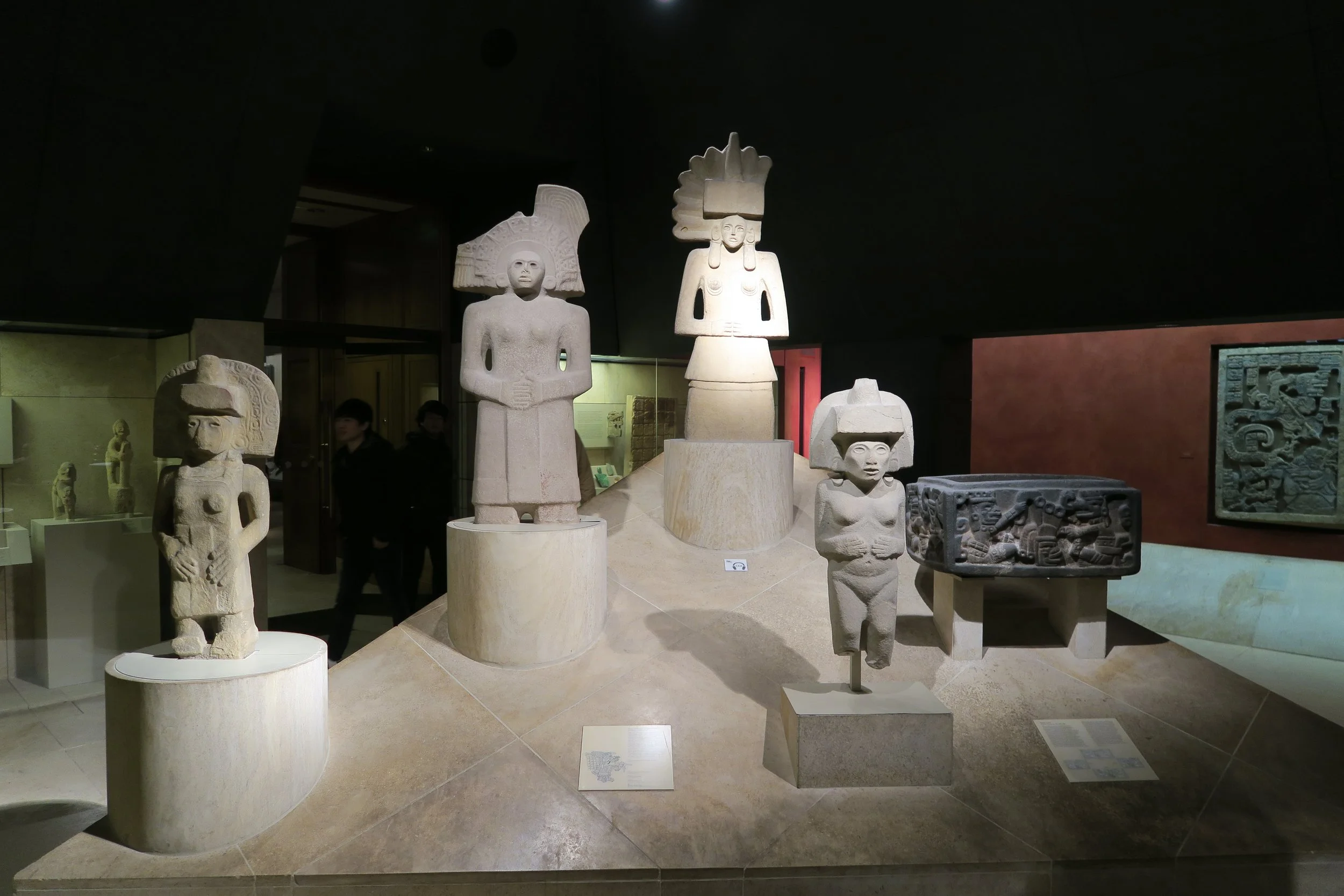COLLECTING HUASTEC SCULPTURE BEFORE 1940: HUASTEC CULTURAL PATRIMONY AT THE INTERSECTION OF EURO-AMERICAN IMPERIAL AND INDUSTRIAL AMBITIONS
Kim N. Richter, PhD, Getty Research Institute
Pre-Columbian Huastec sculptures are nearly ubiquitous in private and museum collections of Mesoamerican art. While these sculptures appeal to modern collectors because of their bold forms and sometimes naturalistic style, I argue that it is the region’s location and natural resources that resulted in the dispersal of these sculptures into international collections. The city of Tampico in the Huasteca region of northeastern Mexico—today considered a marginal town on the Gulf coast—was a major international hub during the nineteenth and early twentieth centuries, following Mexican Independence. The lure of silver mining, the construction of railroads, and discovery of “black gold” first found in the region brought foreign prospectors, geologists, oil executives, industrialists, and diplomats to Tampico, who carried off Huastec sculptures to their home countries as souvenirs and prized ancient collectibles. Eventually, many of these sculptures came to grace the exhibition halls of some of the grandest museums in Europe, the USA, and Mexico. This story of Huastec coleccionismo directly intersects with global politics and, indeed, directly results from Euro-American imperial and industrial ambitions in Mexico.
Kim N. Richter, PhD, is senior research specialist in the Director’s Office at the Getty Research Institute. She received her PhD in art history at the University of California, Los Angeles, specializing in Pre-Columbian art and archaeology. She is author of numerous articles on Huastec art, co-editor of The Huasteca: Culture, History, and Interregional Exchange (2015), co-curator of Golden Kingdoms: Luxury and Legacy in the Ancient Americas (2017), and co-editor of the award-winning accompanying Golden Kingdoms catalogue. She leads the collaborative digital initiative focused on the Florentine Codex, an encyclopedic manuscript about Mexica life and culture created in sixteenth-century Mexico, and co-leads the newly launched Latin American and Latinx Art Initiative.

